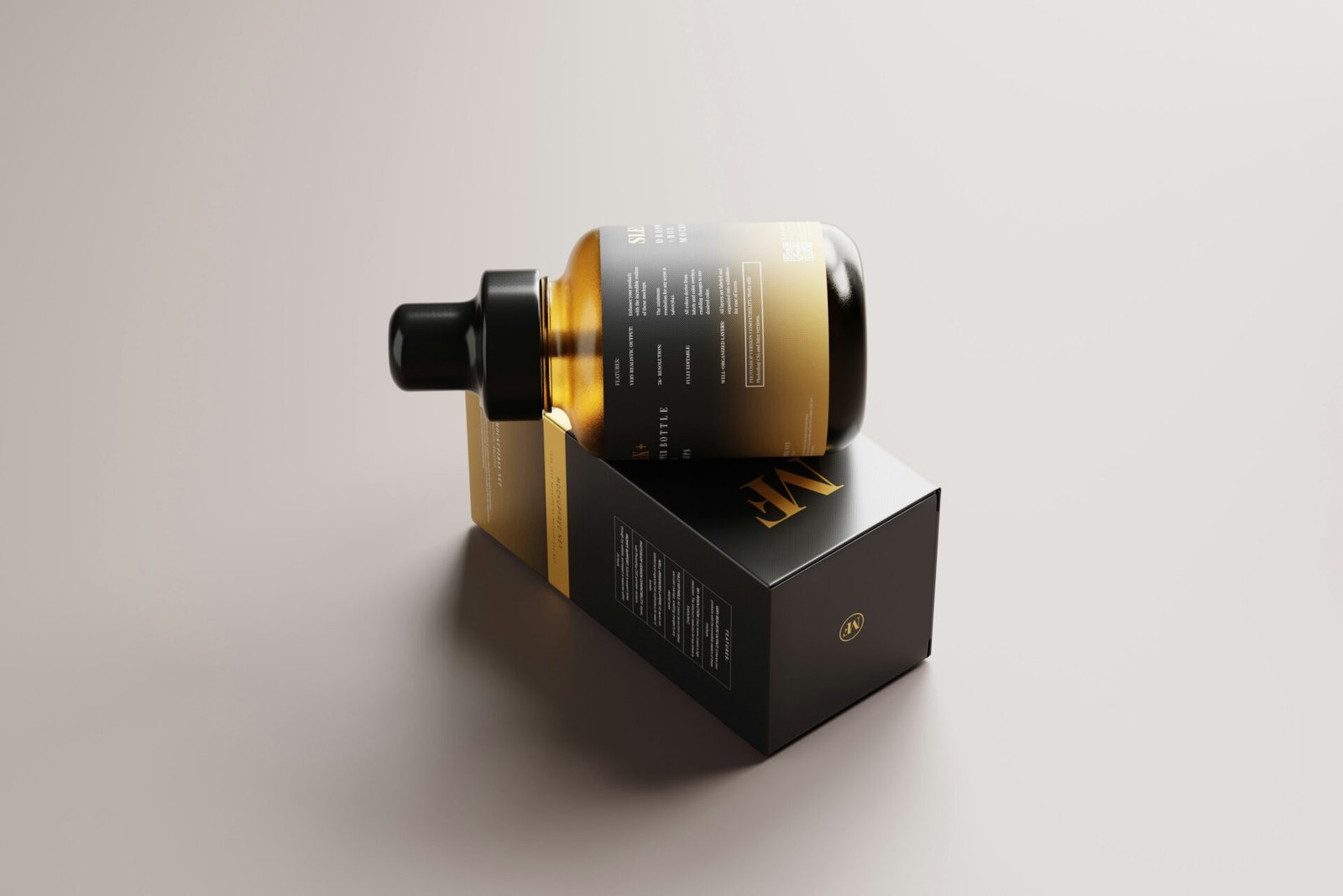What Is a Face Serum?
A face serum is a lightweight, fast-absorbing liquid packed with active ingredients. Unlike moisturizers, serums contain a high concentration of active ingredients designed to penetrate deeply into the skin. Popular serums include those with hyaluronic acid, vitamin C, retinol, and peptides. Each type serves a unique purpose, addressing concerns such as hydration, wrinkles, or pigmentation.
For more insights into maintaining glowing skin, visit our Skincare Routine for Combination Skin.
Why Use a Face Serum?
Face serums provide targeted solutions for specific skin issues, enhancing your overall skincare routine. Here are some key benefits:
- Deep Penetration: The lightweight formula allows active ingredients to reach deeper layers of the skin.
- Targeted Treatment: Address specific concerns like dark spots, acne, or fine lines.
- Enhanced Hydration: Serums with hyaluronic acid or niacinamide lock in moisture.
- Improved Skin Texture: Regular use promotes smoother, radiant skin.
For a deeper understanding of skincare essentials, check out our guide on What Is Dewy Skin and Tips to Get It.
How to Use Face Serum for Maximum Benefits
Using a face serum correctly ensures you reap its full benefits. Follow these steps to incorporate it into your skincare routine:
1. Cleanse Your Face
Start with a clean slate. Use a gentle cleanser to remove dirt, oil, and makeup. Proper cleansing ensures that the serum penetrates effectively without obstruction. For an effective cleansing routine, explore our How to Repair a Damaged Skin Barrier.
2. Exfoliate (Optional)
Exfoliating 2-3 times a week removes dead skin cells, allowing the serum to absorb better. However, avoid over-exfoliating, as it can lead to irritation.
3. Apply Toner
Toners help balance your skin’s pH and prepare it for better absorption of serums. For more on toners, read Toner Benefits: Understanding the Purpose of Toner in Skin Care.
4. Dispense the Serum
Take 2-3 drops of serum onto your fingertips. Serums are concentrated, so a little goes a long way. Avoid overusing, as this may cause skin sensitivity.
5. Gently Apply the Serum
Using your fingertips, gently pat the serum into your skin. Focus on areas of concern such as the forehead, cheeks, and around the eyes. Avoid rubbing, as it may irritate the skin.
6. Follow with Moisturizer
Seal in the serum with a suitable moisturizer. This step locks in hydration and enhances the serum’s efficacy. Learn more about layering products in Serum Before or After Moisturizer: What Goes First in Your Routine.
Tips for Maximum Benefits
- Use the Right Serum: Choose a serum that addresses your specific skin concerns. For instance:
- Dry Skin: Hyaluronic acid or ceramide-based serums.
- Aging Skin: Retinol or peptide serums.
- Dull Skin: Vitamin C or niacinamide serums.
- Consistency Is Key: Use the serum daily for visible results. Incorporate it into your morning and nighttime routines.
- Patch Test New Serums: Before introducing a new serum, perform a patch test to avoid adverse reactions.
- Store Properly: Keep serums in a cool, dark place to maintain their potency. Avoid exposing them to direct sunlight.
For additional skincare tips, visit our guide on Top Benefits of Facial Treatments for Healthy, Glowing Skin.
How to Apply Face Serum Correctly
Morning Application
- Cleanse and Tone: Start with a clean face and apply toner.
- Apply Antioxidant Serum: Use a vitamin C serum to protect your skin from free radicals.
- Moisturize: Seal the serum with a lightweight moisturizer.
- Apply Sunscreen: Finish with SPF to protect your skin from UV damage.
Nighttime Application
- Cleanse and Exfoliate: Prepare your skin for better absorption.
- Use Treatment Serums: Apply serums containing retinol or peptides.
- Layer a Rich Moisturizer: Ensure your skin stays hydrated overnight.
Common Mistakes to Avoid
- Overusing Serum: Stick to the recommended amount to prevent irritation.
- Skipping Sunscreen: Always follow up with SPF when using serums like vitamin C or retinol.
- Mixing Incompatible Ingredients: Avoid combining retinol with AHAs/BHAs in the same routine.
Real-Life Case Study
Case: A 30-year-old woman with dull, dehydrated skin incorporated a hyaluronic acid serum into her daily routine. After 8 weeks, her skin appeared noticeably plumper and more radiant. Consistent use, combined with sunscreen and a balanced diet, enhanced her results.
Conclusion
Knowing how to use serum on your face effectively can transform your skincare routine. By following the right steps and avoiding common mistakes, you’ll maximize the benefits of your serum. For more expert skincare tips, explore How to Achieve Korean Glass Skin: 10 Tips and Tricks.
Ready to elevate your skincare game? Explore Gloire’s premium range of face serums and find the perfect match for your skin type.








